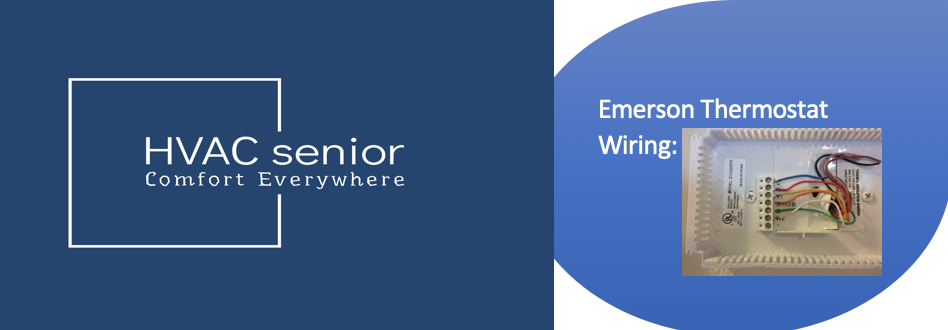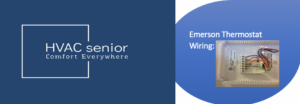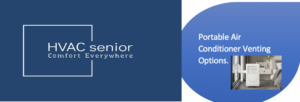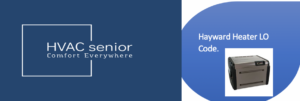❄️ Introduction: What Is an AC Control Panel?
Your AC control panel, also known as the air conditioner control board or AC control unit, is the brain of your cooling system. It governs every primary function — from powering up the compressor to altering fan speed and temperature adjustment.
When this unassuming but powerful device goes wrong, your whole air conditioner may stop responding.
In this guide, we’ll explain how an AC control panel works, the most common reasons it malfunctions, and how to troubleshoot and fix common problems before calling a technician.
How the AC Control Panel Works
Think of your AC control panel as a command center that connects all electrical parts of the system.
It receives signals from your thermostat and then:
- Tells the compressor to start or stop.
- Operates blower motor and fan.
- Control temperature and humidity.
- Coordinates relays and safety switches.
Most modern control panels are printed circuit boards (PCBs) consisting of electronic chips, relays, and sensors that communicate with the entire AC system.
Main Components Are:
- Thermostat connection terminals
- Fan relays
- Compressor relay
- Fuses and resistors
- LED indicators for diagnostics
Without the control board, the AC unit would never have any means of knowing whether to cool or shut down — like a car without an ignition computer.
⚙️ Warning Signs of a Faulty AC Control Panel
If your air conditioner suddenly stops working, the control panel could be the culprit. Watch out for these common warning signs:
- AC won’t turn on at all — even when there’s power.
- Fan working but no cool (compressor won’t start).
- Error messages or flashing lights on indoor unit.
- Burnt smell or scorching visible on the control board.
- Thermostat working but AC will not turn on.
If you notice any of these signs, your AC control board may be shorted or defective.
Also read: Ac control panel not working.
Step-by-Step Troubleshooting Guide
This is how you can safely test your AC control panel before replacing it.
Step 1: Turn Off Power
Always start with power shutdown at the breaker box. The control board is of high voltage, and working live on it will cause you shocks or destroy it.
Step 2: Look for Visible Damage
Remove the front panel from the AC and inspect the control board.
Look for:
- Burn marks
- Melted connectors
- Corroded terminals
- Loose wires
If you find burning odor or visible damage, then the board will probably need to be replaced.
Step 3: Test Fuses and Power Supply
Most AC control panels have very small glass or blade fuses. Check continuity with a multimeter. Replace with a new one of the same rating.
Also, verify that the breaker is not tripped and voltage is reaching the board.
Step 4: Check Thermostat Connection
If the thermostat is not producing signals correctly, the AC control panel will be dead.
Test the thermostat with a multimeter to ensure it is supplying the correct voltage (usually 24V AC).
Step 5: Reset Control Board
Some newer systems have a control panel reset button. Press and hold for 3–5 seconds to reset errors and reboot the system.
If not, power off for 5 minutes, then reboot the system.
Standard AC Control Panel Faults and Remedies
1. Blown Fuse or Power Surge
A voltage surge damages sensitive circuit.
Solution: Replace the fuse and install a surge protector to prevent future issues.
2. Moisture Damage or Corrosion
Condensate leak or excessive humidity will corrode the board.
Solution: Clean lightly with dry cloth or contact cleaner. If damage is extensive, replace the panel.
3. Burnt Wiring or Loose Wiring
Wires loosen due to heat or vibration.
Solution: Secure wires and inspect for burn or discoloration.
4. Faulty Relay or Capacitor
When a relay is faulty, certain devices (fan or compressor) will fail to start.
Solution: Replace the faulty relay or control board if relays are soldered.
5. Failure of Software or Sensors
Smart ACs have sensors interfaced with the control board.
Solution: Restart the system or update firmware if supported by the maker.
Replacing an AC Control Panel
In case a failing board has been identified via troubleshooting, replacement will be needed.
Here’s a brief summary:
- Turn off power completely.
- Label and disconnect all wiring connectors from original board.
- Install new control board, color or label corresponding connectors.
- Connectors most likely have a color code or label on them.
- Install securely with mounting screws.
- Restores power and checks to see if it will operate.
⚠️ Warning: Always install the same part number as listed by the manufacturer. Installing an incompatible board can ruin your AC system.
Also read: AC Compressor Working but Not Cooling
How Much Does an AC Control Panel Cost?
Replacement cost depends on the brand and system type:
| Type | Typical Cost (USD) | Notes |
| Window AC Control Panel | $50 – $120 | Easy DIY replacement |
| Split AC Control Board | $80 – $250 | Moderate difficulty |
| Central HVAC Control Board | $150 – $600 | Usually requires technician |
Labor can add another $100–$300, depending on your location and the complexity of the installation.
How to Prevent AC Control Panel Failure
Prevention is always cheaper than repair. Follow these tips to extend your control panel’s life:
- Use a surge protector to safeguard against voltage spikes.
- Dry and decondense the indoor unit.
- Have wiring checked by a technician annually.
- Replace air filters regularly to prevent overheating.
- Don’t power cycle (cycle on/off) excessively.
Maintenance ensures stable voltage and protects against control circuit damage.
AC Control Panel vs. Thermostat
Many people confuse the thermostat and the control panel, but they have different uses:
| Feature | Thermostat | AC Control Panel |
| Location | On the wall | Inside indoor unit or furnace |
| Function | Sets temperature and mode | Executes system commands |
| User Control | Yes | No (automatic) |
| Repair Cost | Low | Medium to High |
| Power Source | Battery/low voltage | AC mains |
Both are essential for normal operation — if one quits, your cooling system will not start or respond as expected.
⚠️ When to Call a Professional
Home repairs are fine for minor problems such as loose wires or blown fuses, but you should have an HVAC technician visit if:
- The board has burnt marks or melted parts
- You have clicks but no response from the compressor
- System cycles on and off constantly (short cycling)
- You do not want to test electrical components
A qualified technician can test relays, check voltage continuity, and replace the control board in safety.
❓ Frequently Asked Questions (FAQ)
1. What causes an AC control panel to malfunction?
Power surges, moisture, loose wiring, and old parts are the most common reasons.
2. Can I repair an AC control board myself?
Replace fuses or loosen-tighten connections are things that you can do, but professional tools and skills are required for serious repairs (e.g., soldering).
3. How do I reset my AC control board?
Turn off the main power for 5 minutes and then turn it back on. Some units have a reset button near the panel.
4. What are the signs of a faulty control board?
Unresponsive unit, flashing lights, fan spinning without cooling, or AC not turning on are typical signs.
5. Is the control board identical to the PCB?
Yes — the control board is a printed circuit board (PCB) that controls all AC functions electronically.
✅ Final Thoughts
Your AC control panel is the command center that makes your air conditioner hum along.
When it malfunctions, even a perfectly functional compressor or fan won’t respond.
Fortunately, most issues — ranging from blown fuses to loose cables — are easy to diagnose and fix.
By understanding how your control board is supposed to function, staying current on routine maintenance, and using surge protection, you can extend the life of your AC by years and avoid costly breakdowns.
If your AC control panel fails to function even after basic checks, do not hesitate to have a certified HVAC technician perform a proper diagnosis.









